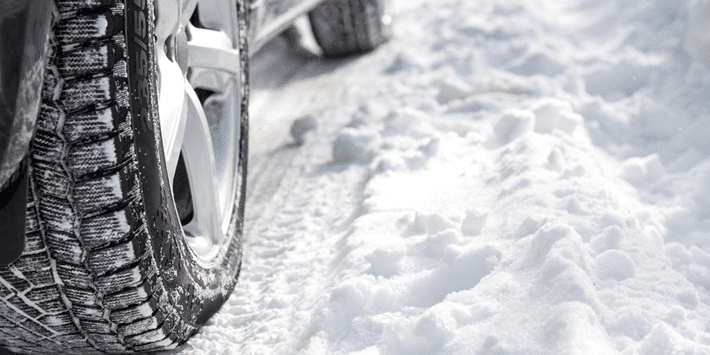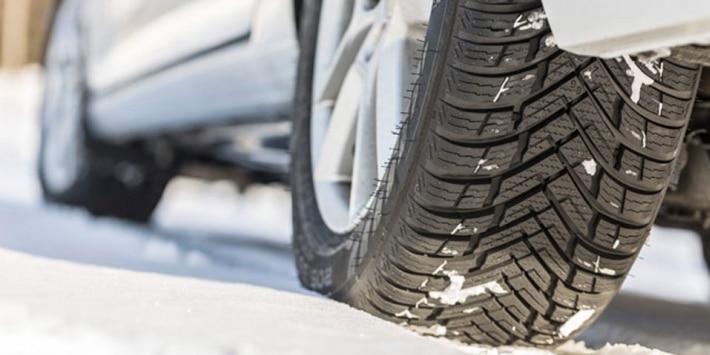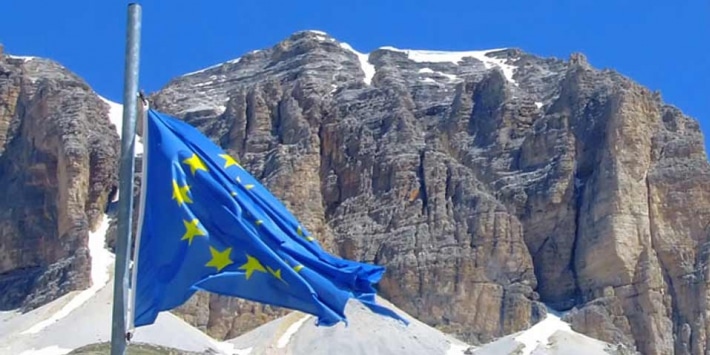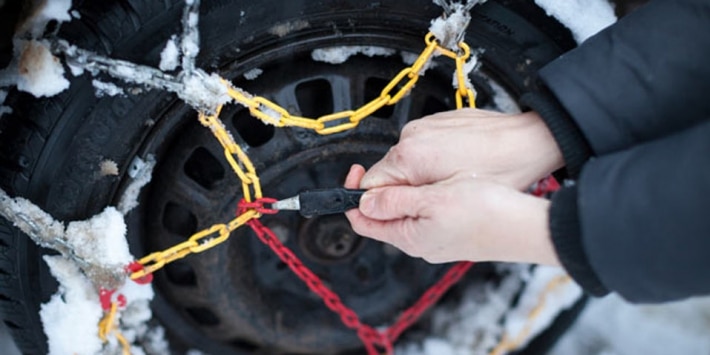You may have noticed that winter tyres systematically carry the M+S marking. What does this label mean? Does it confirm the winter capabilities of a tyre? And what’s the difference between the M+S and 3PMSF labels? Read on to find the answers to these questions, and make an informed choice when buying your winter tyres.
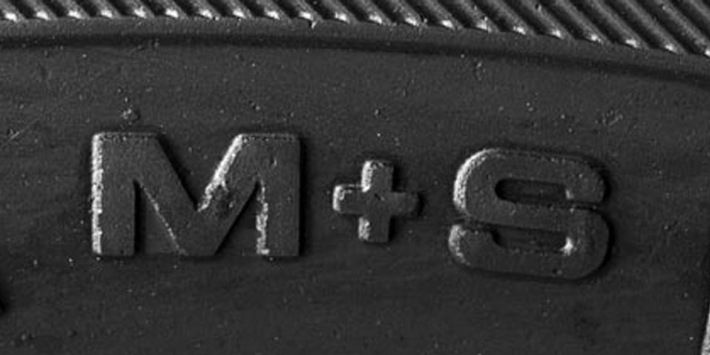
What does the M+S marking mean on tyres?
“M+S” is the abbreviation for “Mud + Snow”. A M+S tyre (or M&S, MS, M/S…) is quite simply a tyre that is suitable for slush or snow-covered roads.
All winter tyres carry the M+S marking, but contrary to what you might expect, not all M+S tyres are winter tyres. The M+S marking can also be found on 4×4 tyres, all season tyres or even on summer tyres for camper vans.
What guarantees does the M+S marking provide?
The M+S marking simply indicates that the tyre structure is designed to be driven in mud and snow. It is a tyre manufacturer’s assessment and is not subject to any specific test.
Therefore, the M+S marking offers no real guarantee as to the performance of a tyre in difficult winter conditions (snow, ice, wet and slippery roads etc).
What is the difference between M+S and 3PMSF tyres?
In addition to the M+S marking, a pictogram representing a snowflake on a mountain background can also be found on certain winter tyres. This is the 3PMSF (Three Peak Mountain SnowFlake) label, which confirms the tyre’s capabilities on snow.
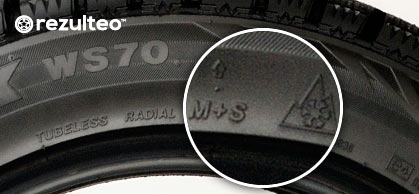
In order to obtain the 3PMSF label, the tyre is subjected to standard tests to measure its traction capability on snow covered roads. You can therefore rely on this marking as proof of the tyre’s winter performance.
rezulteo recommends:
To avoid unpleasant surprises on snow, give priority to the 3PMSF marking when buying your winter tyres.

